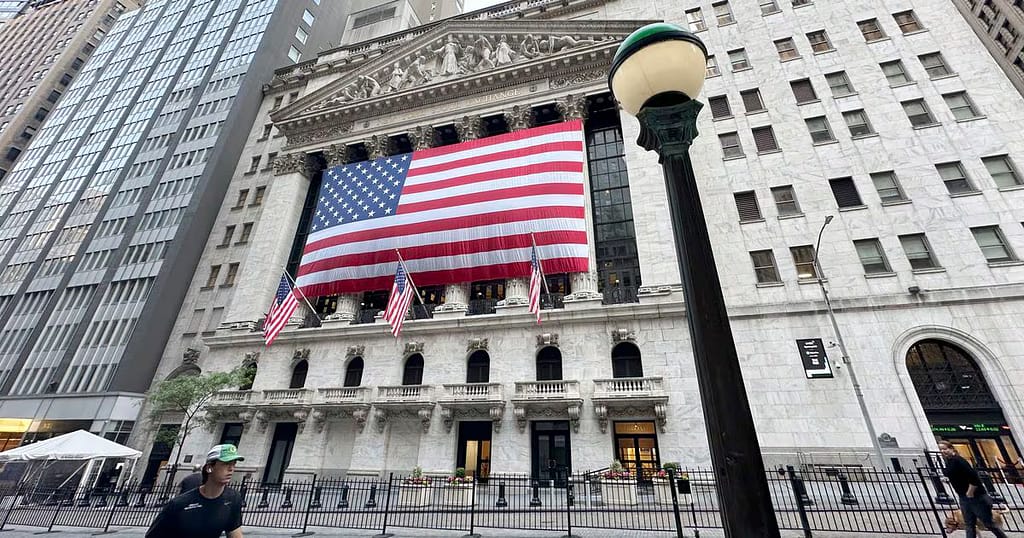
On a sunny Thursday, May 29th, 2024, the financial world witnessed a significant milestone as the Nasdaq Composite Index surged past the 17,000 mark for the very first time in history. It was a moment of celebration for tech investors and analysts alike, marking the continued dominance of technology stocks in the market. However, amidst the Nasdaq’s triumph, the Dow Jones Industrial Average experienced a downturn, sliding more than 200 points, sparking concerns among investors and economists.
The Nasdaq Composite Index, often regarded as a benchmark for technology stocks, soared to new heights, surpassing the 17,000 milestone. This achievement reflects the strength and resilience of the technology sector, which has consistently outperformed other sectors in recent years. Companies such as Apple, Amazon, Microsoft, and Alphabet (Google’s parent company) have played a pivotal role in driving the Nasdaq’s ascent, with their innovative products and services captivating consumers and investors alike.
The surge in the Nasdaq can be attributed to several factors, including robust earnings reports from tech giants, continued optimism surrounding technological innovation, and low-interest rates that have fueled investor appetite for high-growth stocks. Additionally, the rise of remote work and digital transformation initiatives across industries has further bolstered demand for technology-related products and services, providing a tailwind for tech stocks.
While the Nasdaq celebrated its historic achievement, the Dow Jones Industrial Average faced headwinds, declining by more than 200 points. The Dow, consisting of 30 large-cap companies spanning various sectors, experienced losses primarily driven by concerns over inflation, geopolitical tensions, and uncertainties surrounding monetary policy.
The discrepancy between the performance of the Nasdaq and the Dow underscores the diverging trends within the stock market. While technology stocks have flourished amid the digital revolution, traditional sectors such as industrials, energy, and financials have grappled with challenges ranging from supply chain disruptions to changing consumer preferences.
Investors closely monitored the Federal Reserve’s monetary policy stance, seeking clarity on its plans to address inflationary pressures and normalize interest rates. The central bank’s actions have significant implications for the broader market, influencing investor sentiment and market dynamics.
Furthermore, geopolitical tensions, including trade disputes and geopolitical conflicts, have added to market volatility, prompting investors to adopt a cautious approach. Uncertainties surrounding global events have the potential to disrupt supply chains, disrupt trade flows, and dampen investor confidence, leading to heightened market turbulence.
Despite the short-term fluctuations, many analysts remain bullish on the long-term prospects of the stock market, citing favorable economic fundamentals, technological innovation, and corporate earnings growth. They emphasize the importance of maintaining a diversified portfolio, investing in quality companies with strong fundamentals, and adopting a long-term investment horizon to navigate market volatility successfully.
Go to mwcd.in Homepage To Get Relevant Content.